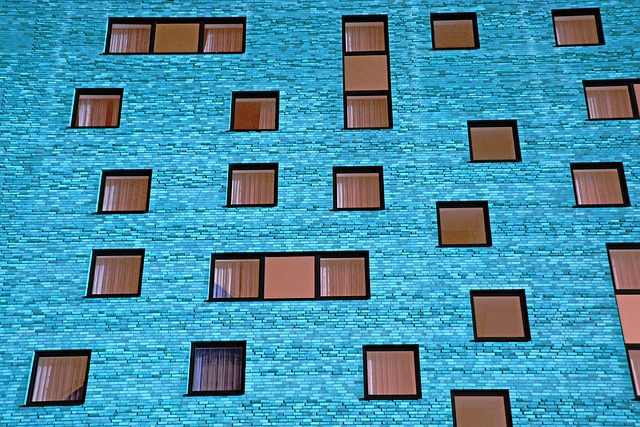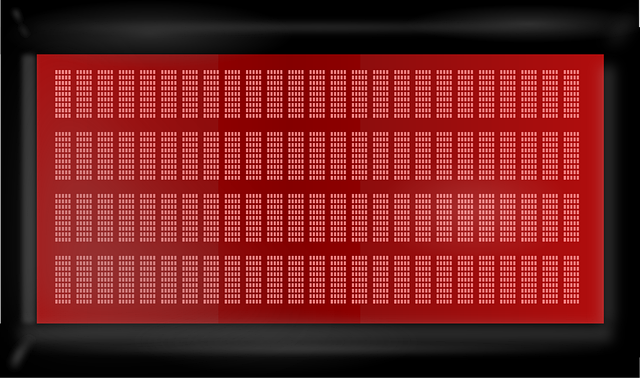Glue Laminated Beams (GLBs), created by bonding multiple layers of timber with strong adhesives, offer a sustainable and efficient concrete reinforcement alternative to steel. They provide superior structural integrity, fire and moisture resistance, longer spans without support, and reduced waste, simplifying construction and enhancing design flexibility. Choosing the right adhesive is crucial for GLB construction, considering bond strength, weather resistance, and compatibility with wood and materials. GLBs, known as glulam beams, offer advantages like increased load-bearing capacity, aesthetic appeal, and versatility for commercial structures spanning long distances.
In today’s construction landscape, strengthening concrete beams efficiently is paramount. One innovative method gaining traction is Glue Laminated Beam (GLB) technology, which uses adhesive to enhance structural integrity. This article delves into the modern approach of GLBs, guiding you through the process of choosing the right adhesive and providing a step-by-step guide for successful implementation. Discover how this technique offers a durable, cost-effective solution for reinforcing concrete beams.
- Understanding Glue Laminated Beams: A Modern Approach
- Choosing the Right Adhesive for Concrete Strengthening
- Step-by-Step Guide to Gluing and Reinforcing Beams
Understanding Glue Laminated Beams: A Modern Approach

Glue laminating is a modern method revolutionizing concrete beam reinforcement. It involves bonding multiple layers of timber to create a single, incredibly strong structure known as a Glue Laminated Beam (GLB). This innovative technique offers a sustainable and efficient alternative to traditional steel reinforcement. By gluing together high-quality timbers, GLBs exhibit exceptional strength while minimizing material waste, making them an eco-friendly choice for construction projects.
Compared to steel, glulam beams present several advantages, including improved structural integrity and better resistance to fire and moisture. The laminar design enhances overall beam strength, allowing for longer spans without support. This technology not only simplifies the construction process but also provides architects and engineers with greater design flexibility. To learn more about glue lamination in construction and its benefits, visit us at unalam.com anytime.
Choosing the Right Adhesive for Concrete Strengthening

Choosing the right adhesive for concrete strengthening is paramount in achieving structural integrity and durability, especially when opting for innovative methods like Glue Laminated Beams (GLB). These beams, also known as glulam beams, are a modern solution for long-span structures that combine multiple layers of laminated wood with a strong adhesive. The adhesive not only binds the wood layers together but also enhances the overall strength and stiffness of the beam, making it ideal for applications where steel or traditional concrete might be less suitable.
When selecting an adhesive for GLB construction, consider factors such as bond strength, weather resistance, and compatibility with wood and other materials. Modern glulam beam advantages include superior load-bearing capacity compared to steel, reduced weight, and aesthetic appeal. What sets glue laminated beams apart is their ability to span longer distances without support, making them a game-changer for architectural designs that demand both structural integrity and design flexibility. Visit us at 18 Clifton St, Unadilla, NY 13849 anytime to explore these advancements in concrete strengthening techniques.
Step-by-Step Guide to Gluing and Reinforcing Beams

Step-by-Step Guide to Gluing and Reinforcing Beams
The process of gluing and reinforcing concrete beams with glue, also known as a Glue Laminated Beam (GLulam), involves several precise steps to ensure structural integrity and enhanced durability. This modern method is increasingly popular in commercial building construction for its strength-to-weight ratio and versatility. First, select high-quality glue suitable for concrete reinforcement, ensuring it meets industry standards. Next, prepare the concrete beam by cleaning and drying it to create a clean surface for optimal adhesion. Cut the lamina (layers of wood or composite material) to specified dimensions, aligning them precisely with the beam’s contours. Apply the adhesive along the joints and edges, carefully positioning the lamina in place. Use clamps or similar devices to maintain pressure while the glue sets, ensuring a secure bond between the lamina and the concrete beam.
Once the glue has fully cured, perform quality control measures to verify the integrity of the GLulam. This includes checking for proper alignment, even spacing between lamina layers, and robust adhesive bonding. Advanced techniques like non-destructive testing can also be employed to assess the structural quality of the reinforced beam. Properly installed GLulams offer superior strength, making them ideal for spanning long distances in commercial structures, from bridges to high-rise buildings. For more information on glulam applications and quality control measures, visit us at unalam.com.
Glue laminating concrete beams offers a innovative and effective modern method for strengthening structural elements. By using specialized adhesives, this technique allows for increased load capacity and improved durability, making it an ideal solution for various construction projects. Understanding what is a glue laminated beam and following the right steps ensures superior reinforcement outcomes. With the right adhesive selection and meticulous application, this approach can revolutionize how we strengthen concrete beams, providing long-lasting structural integrity.














